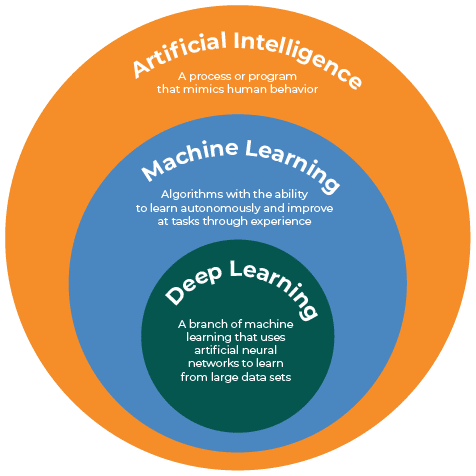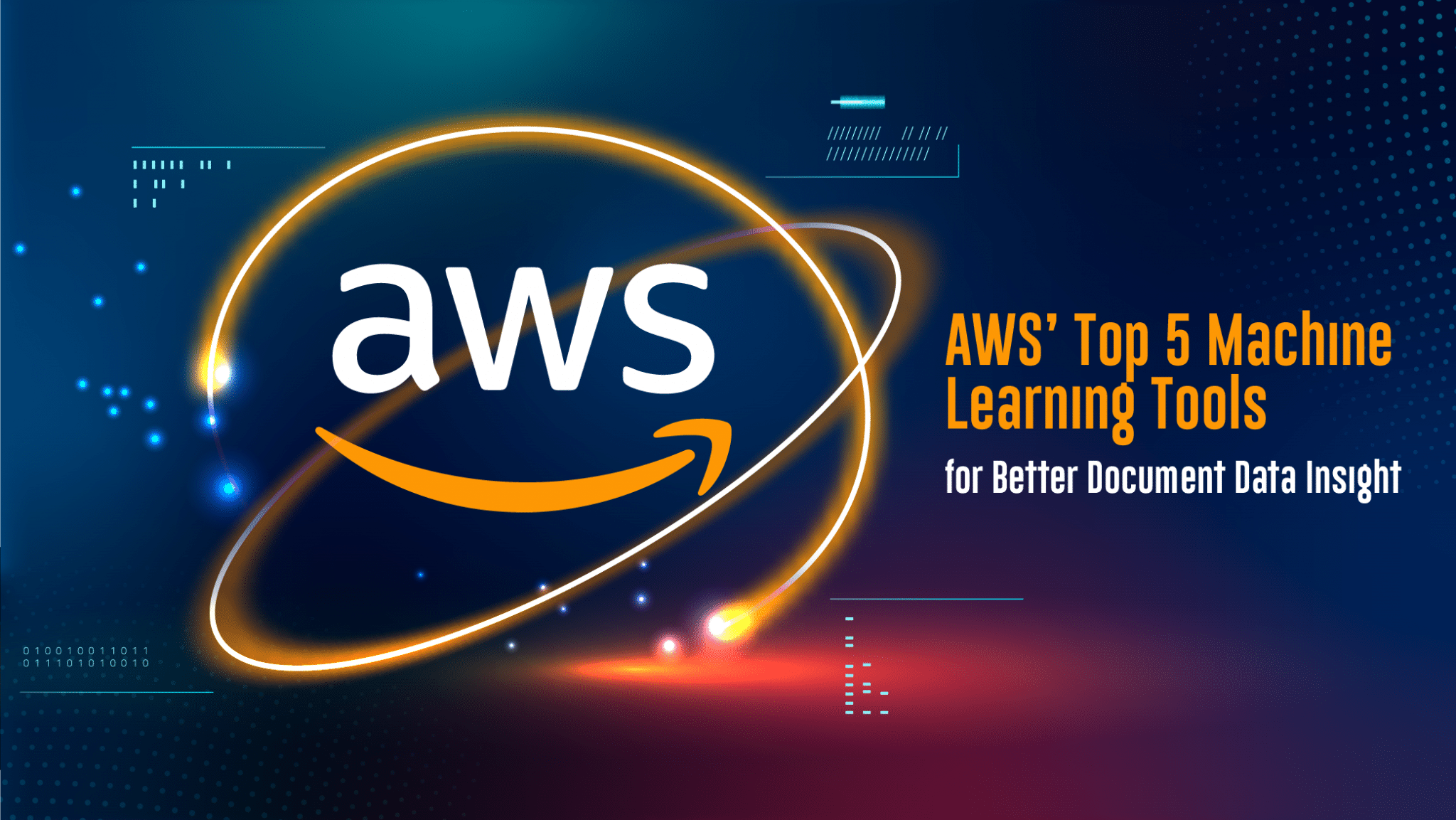When Machine Learning tools are applied data and document management they deepen the impact of all your other intelligent automation tools. With the ability to learn and improve, ML algorithms adapt to your information needs as you grow.
WHAT IS MACHINE LEARNING
Technology that Evolves
Machine learning (ML) is a subset of artificial intelligence where machines are able to improve at tasks through experience. ML algorithms train themselves to make better decisions by ingesting large sets of data and making decisions. At a glance, there are two common forms of ML:
Supervised machine learning algorithms learn by using a known data set. They perform a task and then check their answers against a key of defined conclusions so they can spot and correct errors in logic.
Unsupervised machine learning algorithms work with undefined data sets. Instead of finding right or wrong answers, they learn to recognize patterns and make inferences on how the data is connected.
Semi-Supervised Learning is a hybrid approach to machine learning that combines a small amount of labeled data with a large amount of unlabeled data during training.
MACHINE LEARNING IN ACTION
As machine learning tools become a bigger part of electronic content management, DOMA is committed to finding the best ways to employ them in our solutions. Currently, there are many applications for machine learning in analyzing an organizing data. Below you will find three impactful use cases for machine learning:
Improve Document Classification
When it comes to paper documents there are only so many ways to sort and search your records (hint: the answer is manually). However, converting documents to an electronic format opens up an entirely new world of possibilities. With AI and machine learning programs can learn how documents are related over time – allowing you better access. This subsequently improves your ability to draw connections between your data. AI tools supported by machine learning result in a high level of accuracy with minimal human labor
Processing Forms & Applications
The process of reading, validating, and routing applications or forms is highly tedious. AI and automated workflows have the power to change this typically manual process, into a fast, digital one. Background checks, financial forms, and rental applications are just a few of the documents that can be fully processed through back end processes. Machine learning can be trained to identify and re-route documents for manual review when forms are incomplete or need further review.
Secure and Protect Sensitive Data
Machine learning is already an important part of cyber security within the Cloud. It is used to test and improve malware detection, firewalls, and stop malicious attacks. In addition to these the overarching ML security measures that protect your documents in the Cloud, there are many localized ways that machine learning can protect sensitive data. For example, ML can be used to improve the accuracy of data redaction. The more documents a machine learning algorithm interacts with the more accurate its PII and PHI detection becomes.
MACHINE LEARNING VS ARTIFICIAL INTELLIGENCE
How does ML inform and interact with AI?
Artificial intelligence is a much broader term the machine learning but the key difference is that AI is about imitating human functions where ML is about creating a tool/system/machine that can teach itself without being explicitly programmed.
Machine learning is a way of making Artificial Intelligence better. Pairing machine learning with artificial intelligence helps expand capabilities and improve accuracy ultimately leading to more “human” decisions. Technologies like OCR, image recognition, and GPS depend on machine learning to become more accurate over time.
AI is about making decisions where ML is about improving accuracy. These two goals inform one another resulting in processes that more effectively meet your needs.

The Top AWS Machine Learning Tools for Better Document Data Insight
Contact Us
For more information on Hyper Automation with DOMA please contact:




